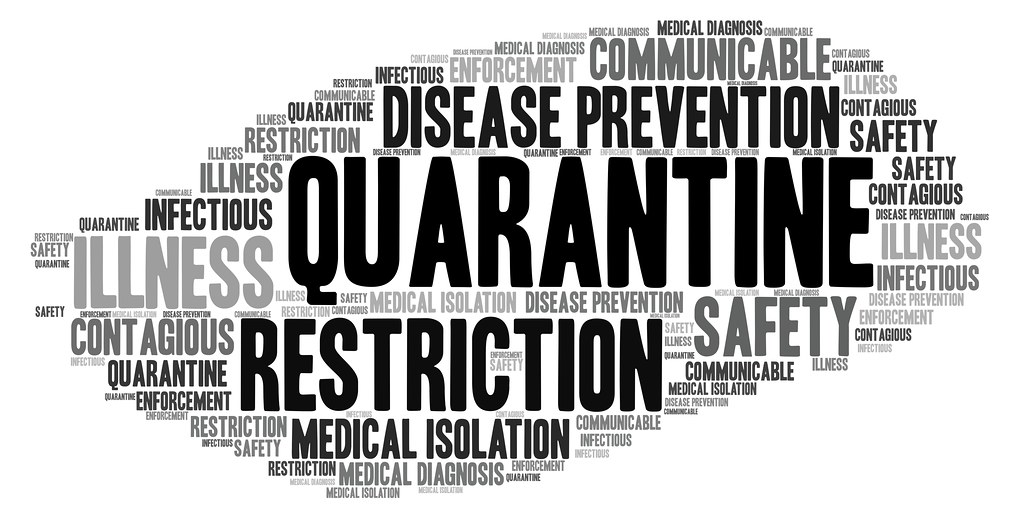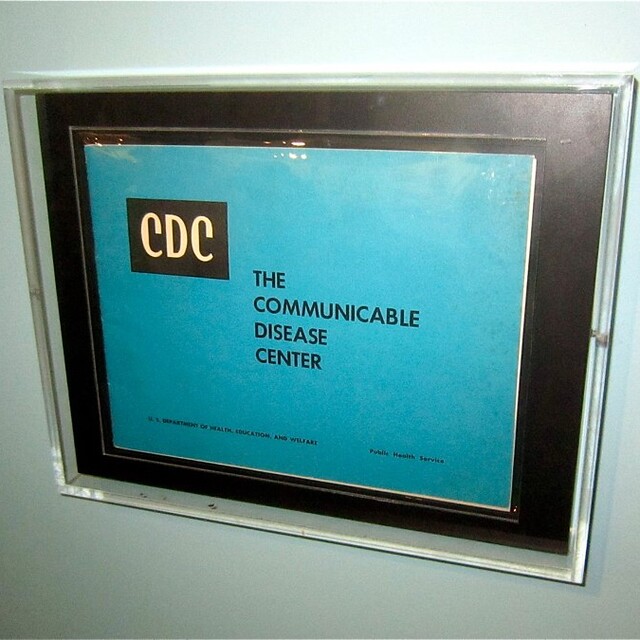Communicable diseases, also known as infectious diseases, are caused by microorganisms such as bacteria, viruses, fungi, and parasites. These diseases can be spread from person to person through various means, including contact with bodily fluids, contaminated food or water, and insect bites. Understanding the epidemiology of communicable diseases is crucial for preventing and controlling outbreaks. (Explore the key epidemiological information on communicable diseases including incidence, prevalence, risk factors, transmission and control measures. Understand the epidemiology of diseases such as tuberculosis, Malaria, Measles, HIV/AIDS and Influenza with this comprehensive guide on the Epidemiology of Communicable Diseases)

Incidence and Prevalence
The incidence of a communicable disease refers to the number of new cases that occur within a specific population over a specific period of time. The prevalence of a disease, on the other hand, refers to the total number of cases within a population at a given point in time.

When it comes to communicable diseases, the incidence and prevalence can vary widely depending on a number of factors, including the specific disease, the population, and the region. For example, a disease that is highly contagious and spreads quickly, such as the flu, may have a higher incidence and prevalence than a disease that is less contagious and spreads more slowly, such as tuberculosis. (epidemiology of communicable disease)(Explore the key epidemiological information on communicable diseases including incidence, prevalence, risk factors, transmission and control measures. Understand the epidemiology of diseases such as tuberculosis, Malaria, Measles, HIV/AIDS and Influenza with this comprehensive guide on the Epidemiology of Communicable Diseases)
Read about communicable diseases on WHO website !
Risk Factors
Epidemiology of Communicable Diseases
Certain populations may be at a higher risk of contracting communicable diseases due to a variety of factors. For example, people who live in crowded or unsanitary conditions are at a higher risk of contracting infectious diseases. Additionally, people with compromised immune systems, such as those living with HIV/AIDS, are at a greater risk of contracting certain infections. (epidemiology of communicable disease)

Other risk factors for communicable diseases include poor nutrition, lack of access to clean water and sanitation, and lack of access to healthcare. Understanding these risk factors is crucial for developing effective prevention and control strategies. (Explore the key epidemiological information on communicable diseases including incidence, prevalence, risk factors, transmission and control measures. Understand the epidemiology of diseases such as tuberculosis, Malaria, Measles, HIV/AIDS and Influenza with this comprehensive guide on the Epidemiology of Communicable Diseases)
Transmission
Epidemiology of Communicable Diseases
The transmission of communicable diseases can occur through a variety of routes, including contact with bodily fluids, contaminated food or water, and insect bites. Some diseases, such as the flu, can also be transmitted through the air. (epidemiology of communicable disease)

To prevent the spread of communicable diseases, it is important to understand how they are transmitted and to implement measures to reduce the risk of transmission. This can include things like hand washing, wearing personal protective equipment, and providing access to clean water and sanitation. (Explore the key epidemiological information on communicable diseases including incidence, prevalence, risk factors, transmission and control measures. Understand the epidemiology of diseases such as tuberculosis, Malaria, Measles, HIV/AIDS and Influenza with this comprehensive guide on the Epidemiology of Communicable Diseases)
Read about Cervical pain here !
Control and Prevention
Epidemiology of Communicable Diseases
Preventing and controlling outbreaks of communicable diseases requires a multifaceted approach. This can include things like vaccination, providing access to clean water and sanitation, and educating communities about the importance of hand washing and other measures to reduce the spread of disease.

In addition, early detection and rapid response to outbreaks is crucial for controlling the spread of communicable diseases. This can include things like surveillance, contact tracing, and providing treatment to those who are infected. (Explore the key epidemiological information on communicable diseases including incidence, prevalence, risk factors, transmission and control measures. Understand the epidemiology of diseases such as tuberculosis, Malaria, Measles, HIV/AIDS and Influenza with this comprehensive guide on the Epidemiology of Communicable Diseases)
Read about piriformis syndrome or buttock pain here !
Some examples of communicable diseases
Epidemiology of Communicable Diseases
Communicable diseases are a significant public health concern worldwide. These diseases are caused by microorganisms such as bacteria, viruses, fungi, and parasites and can be spread from person to person through various means. Understanding the epidemiology of these diseases is essential for preventing and controlling outbreaks. Here are a few examples of communicable diseases and some of the key epidemiological information about them:

- Tuberculosis (TB) – TB is caused by the bacterium Mycobacterium tuberculosis and is spread through the air when an infected person coughs or sneezes. The incidence of TB varies widely around the world, with the highest rates found in Africa and Asia. Risk factors for TB include poor nutrition, lack of access to clean water and sanitation, and living in crowded conditions. (Explore the key epidemiological information on communicable diseases including incidence, prevalence, risk factors, transmission and control measures. Understand the epidemiology of diseases such as tuberculosis, Malaria, Measles, HIV/AIDS and Influenza with this comprehensive guide on the (Epidemiology of Communicable Diseases)
- Malaria – Malaria is caused by a parasite and is transmitted through the bites of infected mosquitoes. The disease is most common in Africa, Asia, and Central and South America. Risk factors for malaria include living in or traveling to areas where the disease is prevalent and lack of access to bed nets and other protective measures. (epidemiology of communicable disease)
- Measles – Measles is a highly contagious viral disease that spreads through the air when an infected person coughs or sneezes. The incidence of measles has been on the decline in recent years due to vaccination efforts, but outbreaks still occur in areas with low vaccination coverage. Risk factors for measles include lack of access to vaccination and living in crowded or unsanitary conditions.
- HIV/AIDS – HIV is caused by a virus and is spread through contact with bodily fluids such as blood and semen. The incidence of HIV/AIDS varies widely around the world, with the highest rates found in sub-Saharan Africa. Risk factors for HIV/AIDS include unprotected sexual contact, sharing needles, and lack of access to education and prevention services.
- Influenza – Influenza, also known as the flu, is a viral infection that spreads through the air when an infected person coughs or sneezes. The incidence of influenza varies widely from year to year, but it tends to be more common in the winter months. Risk factors for influenza include living in crowded or unsanitary conditions and having a compromised immune system. (Explore the key epidemiological information on communicable diseases including incidence, prevalence, risk factors, transmission and control measures. Understand the epidemiology of diseases such as tuberculosis, Malaria, Measles, HIV/AIDS and Influenza with this comprehensive guide on the Epidemiology of Communicable Diseases)
These examples show how communicable diseases can occur in different ways, and how the epidemiology of them varies depending on the region, population, and type of disease. By identifying risk factors and understanding the transmission routes, we can develop effective prevention and control strategies and reduce the incidence and prevalence of these diseases. (Epidemiology of Communicable Diseases)

Conclusion
Communicable diseases continue to pose a significant public health threat around the world. Understanding the epidemiology of these diseases is crucial for preventing and controlling outbreaks. By identifying risk factors and understanding the transmission routes, we can develop effective prevention and control strategies. Additionally, by providing access to clean water and sanitation, vaccination and education, we can help to reduce the incidence and prevalence of communicable diseases and improve overall health outcomes. (epidemiology of communicable disease)
